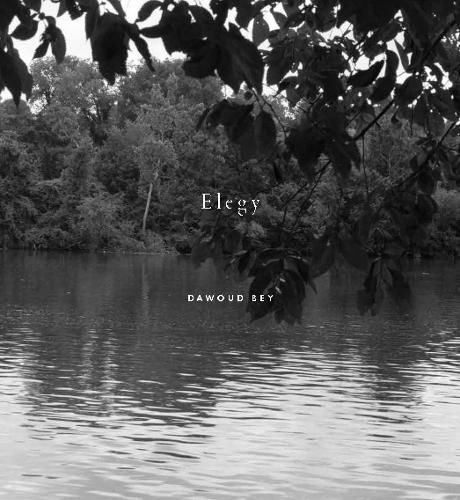Readings Newsletter
Become a Readings Member to make your shopping experience even easier.
Sign in or sign up for free!
You’re not far away from qualifying for FREE standard shipping within Australia
You’ve qualified for FREE standard shipping within Australia
The cart is loading…






Dawoud Bey focuses on the landscape to create a portrait of the early African American presence in the United States.
Renowned for his Harlem street scenes and expressive portraits, Dawoud Bey continues his ongoing series on African American history. Elegybrings together Bey's three landscape series to date-Night Coming Tenderly, Black(2017);In This Here Place(2021); andStony the Road(2023)-elucidating the deep historical memory still embedded in the geography of the United States. Bey takes viewers to the historic Richmond Slave Trail in Virginia, where Africans were marched onto auction blocks; to the plantations of Louisiana, where they labored; and along the last stages of the Underground Railroad in Ohio, where fugitives sought self-emancipation. Essays by the exhibition's curator, Valerie Cassel Oliver, and scholars LeRonn P. Brooks, Imani Perry, and Christina Sharpe illuminate the work. By interweaving these bodies of work into an elegy in three movements, Bey doesn't merely evoke history, he retells it through historically grounded images that challenge viewers to go beyond seeing and imagine lived experiences.
Copublished by Aperture and Virginia Museum of Fine Arts, Richmond
$9.00 standard shipping within Australia
FREE standard shipping within Australia for orders over $100.00
Express & International shipping calculated at checkout
Dawoud Bey focuses on the landscape to create a portrait of the early African American presence in the United States.
Renowned for his Harlem street scenes and expressive portraits, Dawoud Bey continues his ongoing series on African American history. Elegybrings together Bey's three landscape series to date-Night Coming Tenderly, Black(2017);In This Here Place(2021); andStony the Road(2023)-elucidating the deep historical memory still embedded in the geography of the United States. Bey takes viewers to the historic Richmond Slave Trail in Virginia, where Africans were marched onto auction blocks; to the plantations of Louisiana, where they labored; and along the last stages of the Underground Railroad in Ohio, where fugitives sought self-emancipation. Essays by the exhibition's curator, Valerie Cassel Oliver, and scholars LeRonn P. Brooks, Imani Perry, and Christina Sharpe illuminate the work. By interweaving these bodies of work into an elegy in three movements, Bey doesn't merely evoke history, he retells it through historically grounded images that challenge viewers to go beyond seeing and imagine lived experiences.
Copublished by Aperture and Virginia Museum of Fine Arts, Richmond